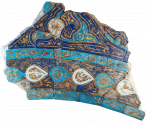Architectural details
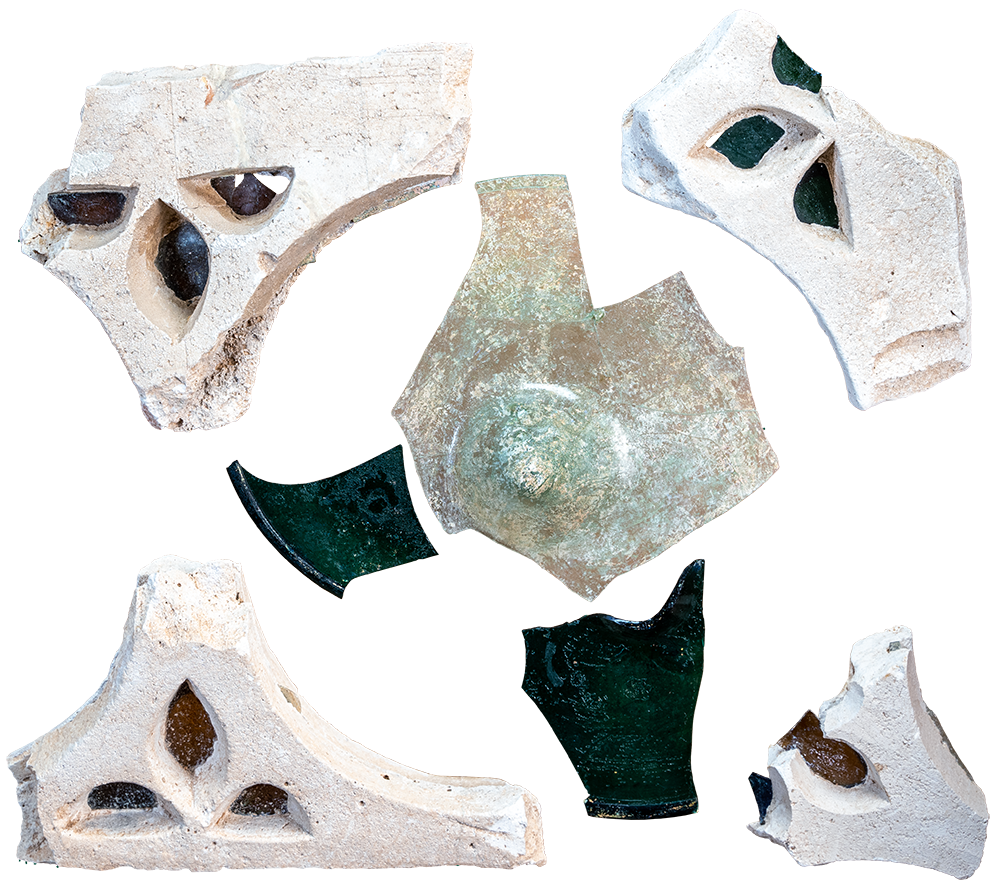
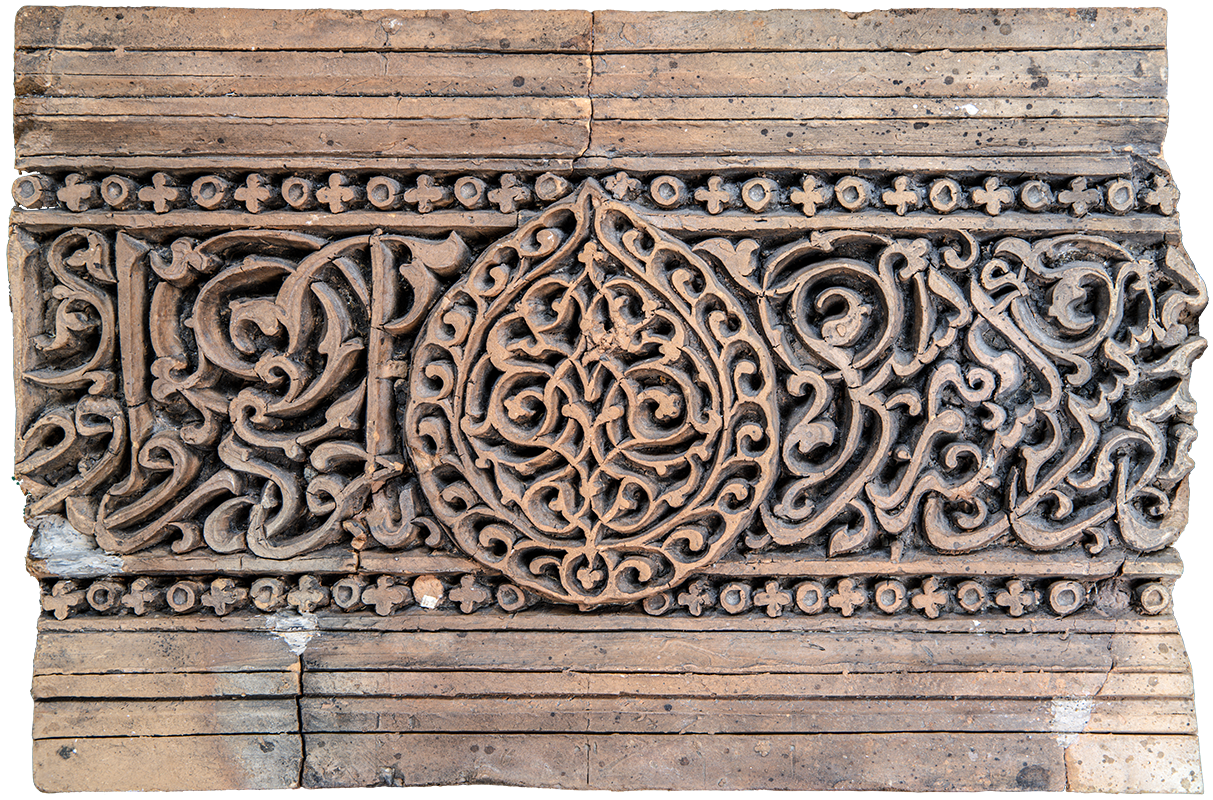

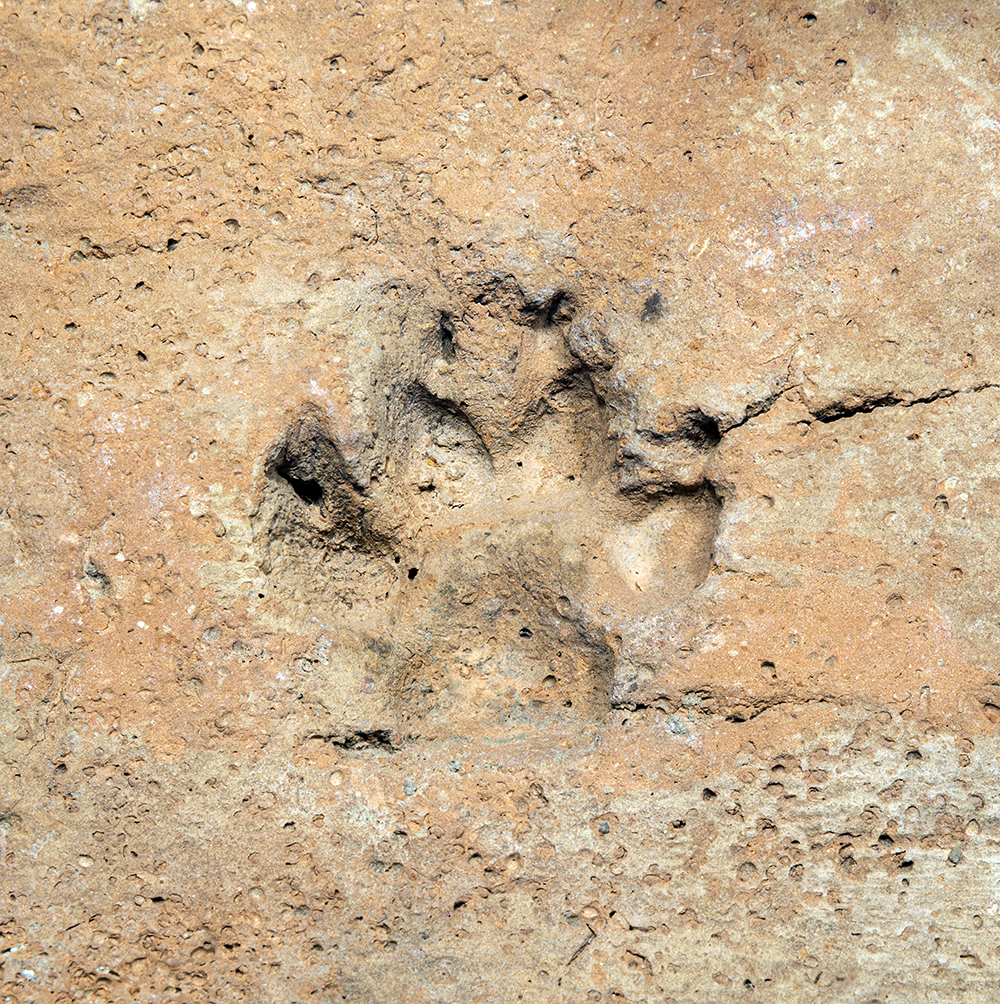
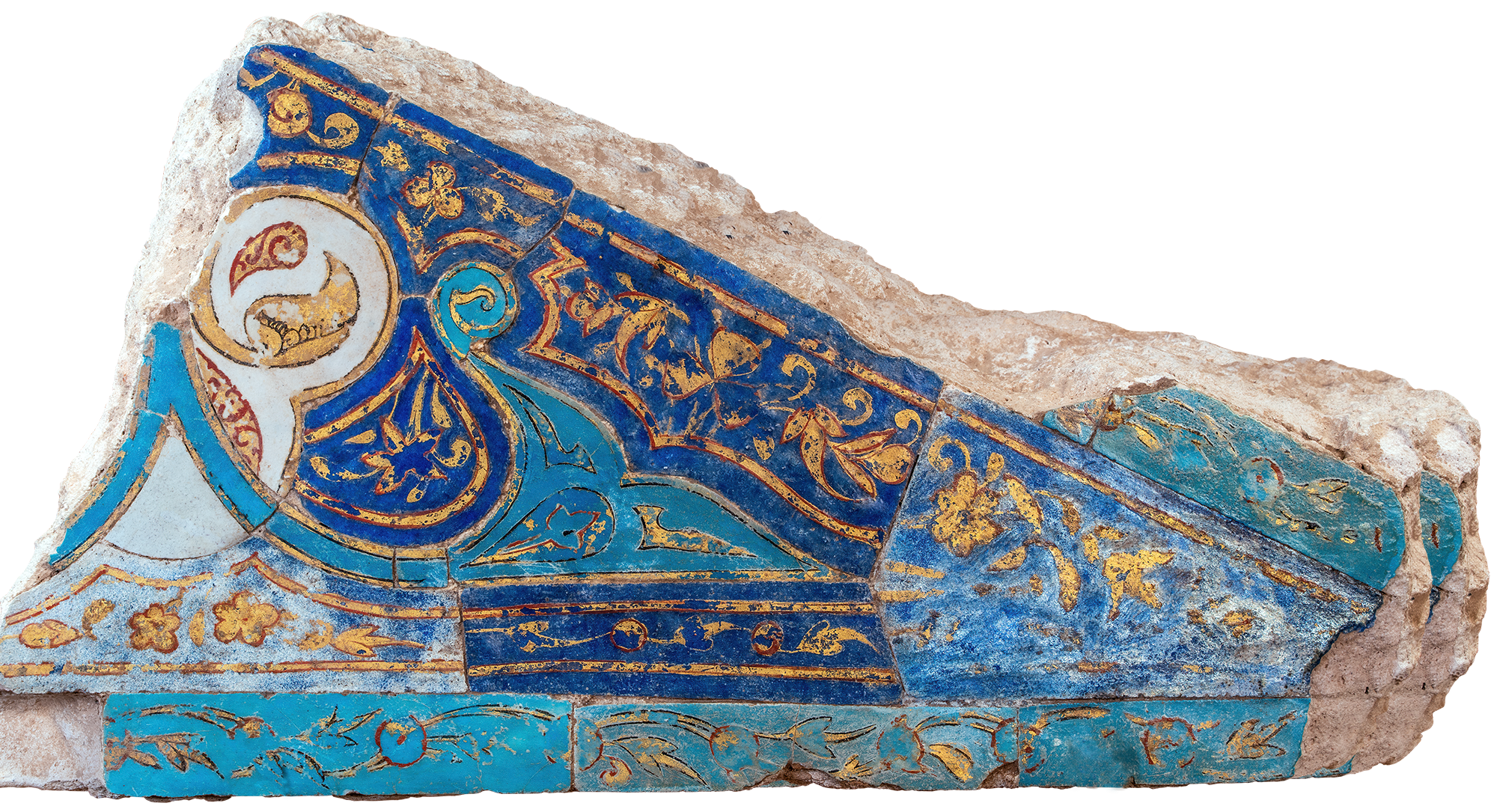
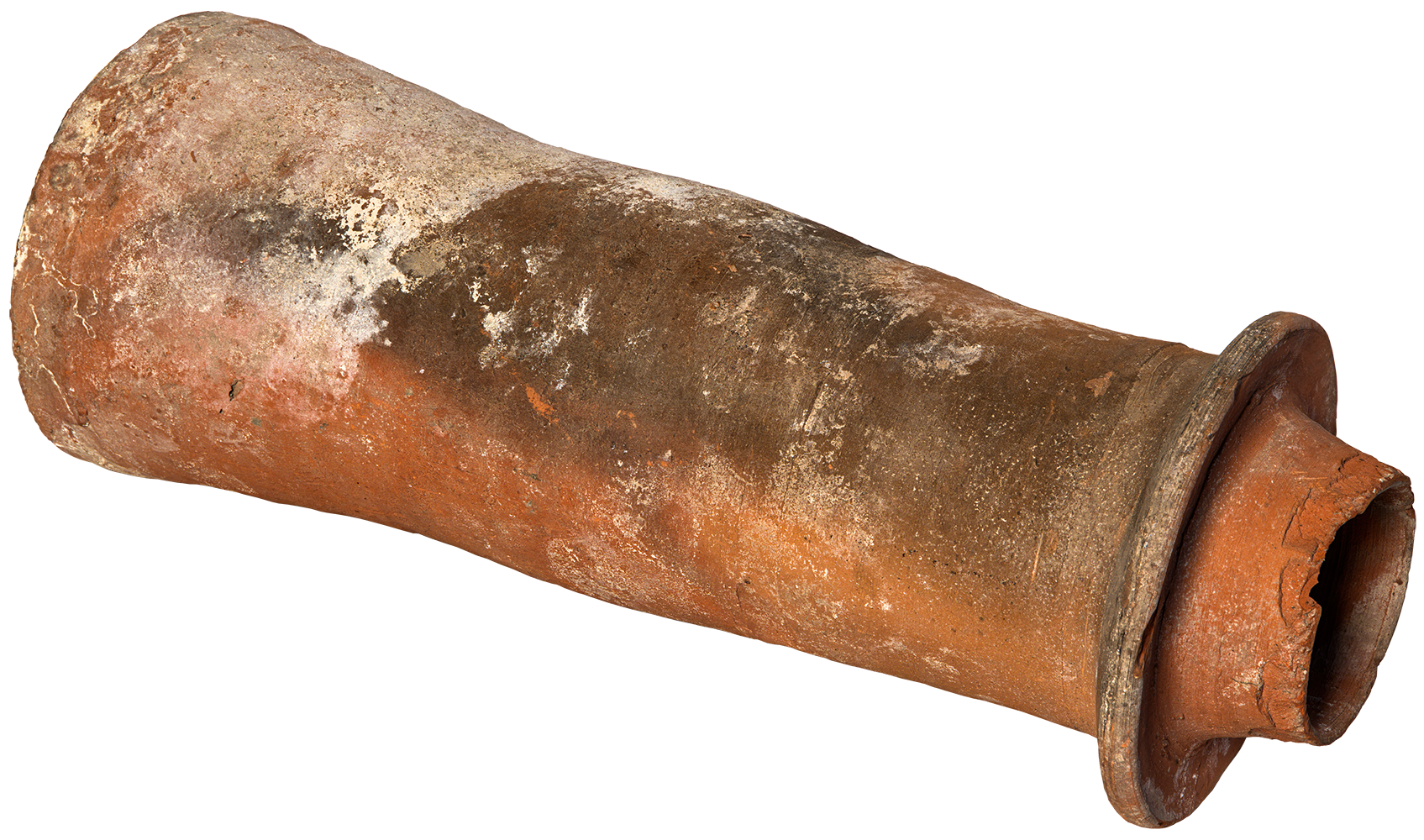
A unique city civilization emerged during the epoch of Golden Horde. Instead of towns in the traditional agricultural areas, at the pleasure of great khans, in a glimpse at the “steppe” new cities were constructed during the second half of 13 – beginning of 14 centuries. Archeologists number more than 140 such cities with a population circa 1 million inhabitants. The center of the Golden Horde took its place in the Lower Volga. At this place two medieval metropolises of Saray al-Makhrusa (Old Saray) and Saray al-Jadid (New Saray) were built. Alas, those have not come down to us. Those cities looked like a typical oriental city. For instance, they were divided into wide streets with “aryks”, water supply system which was hidden in ceramic water pipes and fountains, where people could take on drinking water. Moreover, there were numerous nobility palaces, mosques, inns, mausoleums and saunas, constructed in wood, mudbricks or baked bricks, and decorated with polychromic tile panels with herbal and arabesque ornaments. During house construction engineers used alabaster window frames with colored glass. Alabaster ornamented frames decorated doors in those cities, and roofs were covered with Dutch tile.
More information...In the towns of Golden Horde developed a handicraft, tied to a processing of architectural decorations. Such type of decorations basically consisted of fritware mosaics (quartz sand mixed with white clay, lime and other components, heated with the temperature 1000°–1200°С). Mosaics of such type covered not only outer sides of buildings, but the interiors as well. Geometrical elements of mosaics with white, blue and purple glazing were put together to build parts of enormous panels, friezes, cornices, arches, and other details.
Other type of buildings’ decoration was fritware tiles with glazed painting. Those are known at the territory of the Lower Volga and widely around it. The most popular paintings on such decorations were chrysanthemums, lotuses and arched stems with sharp leaves, whereas in mosaics they used Arabic letters or their stylistics, made with white on ultramarine. Herbal ornaments sometimes complemented such mosaics. Finished mosaics were often assembled in long narrow panels or big round medallions with best wishes inscriptions («tondo»).
In the decorations of the Golden Horde’ houses carved terra cotta takes its important place. A line-type border with rounds and rosacea characterize such terra cotta decorations. Inside such a border, in the middle of composition there was a medallion with a complex herbal ornament, surrounded by a stylized Arabic letter ornament.


